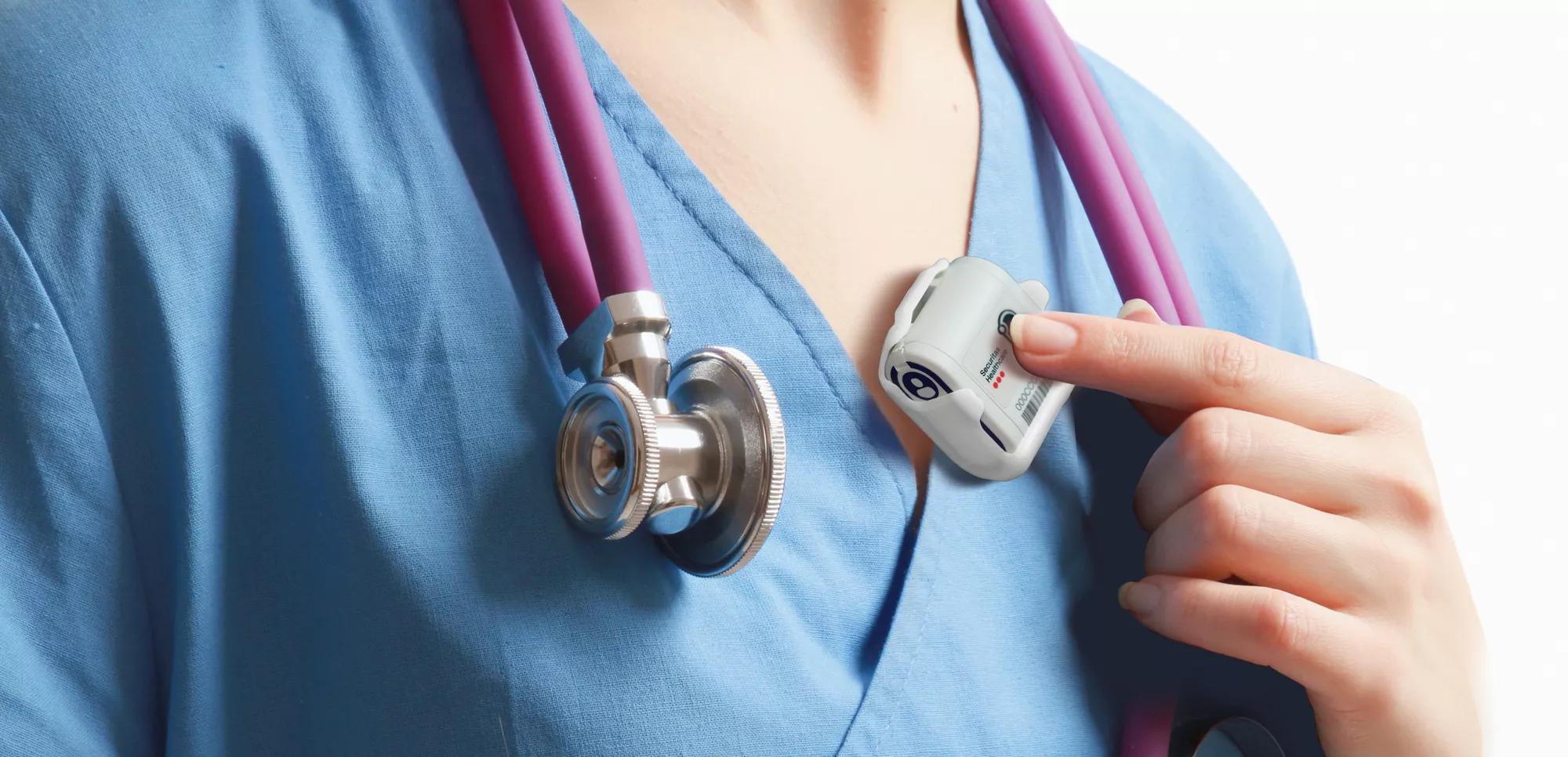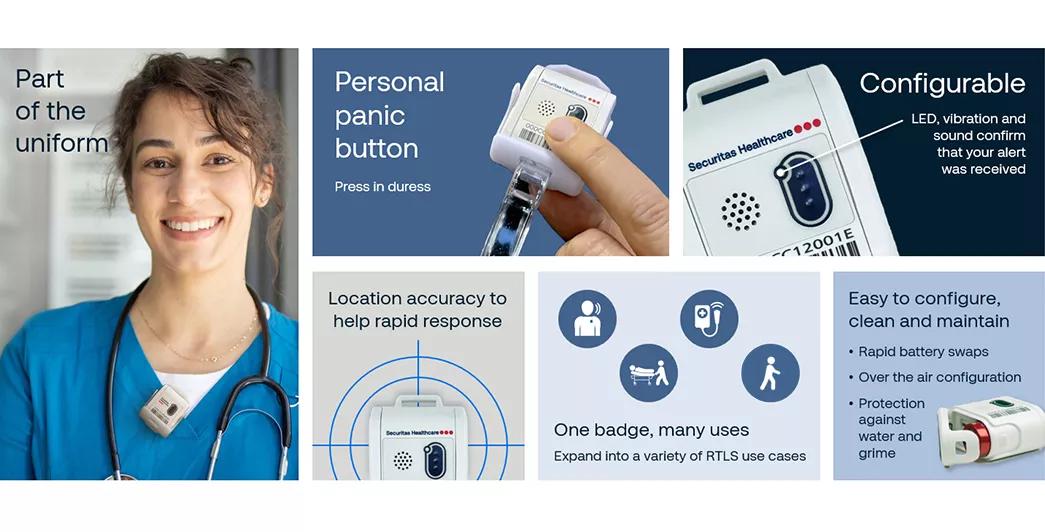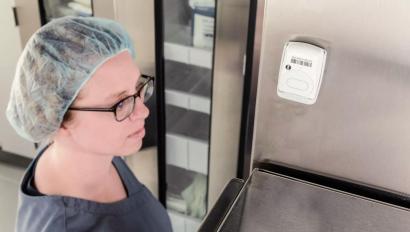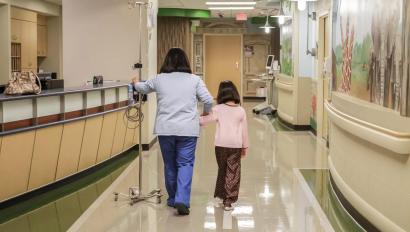Is It Time to Rethink Your Approach to Staff Protection?

Securitas Healthcare’s Hugs solution is the industry’s most widely adopted infant protection system. Did you know hospitals can expand the value and safety of their Hugs platform to protect staff, too?
It’s not an exaggeration to say that every shift, nurses put their own safety and well-being on the line to deliver care to patients. Nurses often worry: Will they end up in a situation where they get hurt because they’re stuck working alone? Will a patient or visitor become verbally abusive today? What happens if someone crosses the line and becomes physically aggressive?
Recent studies indicate that 44% of nurses reported experiencing physical violence and 68% reported experiencing verbal abuse during the COVID-19 pandemic1. The statistics were sobering even before the pandemic. Consider, for example, that in 2016, the U.S. Bureau of Labor Statistics reported that violent incidents accounted for 12.2% of all injuries to registered nurses. To put it another way, the rate of violent events affecting nurses is about triple the all-occupations rate (12.7 incidents per 10,000 full-time nurses versus 3.8 cases per 10,000 workers in all fields2).
Hospitals across the country continue to seek new and better ways to keep nurses and other staff safe on the job. Many have a potential solution that’s already hard at work on their campus: Securitas Healthcare’s Hugs infant security system.
What does protecting infants have to do with safeguarding clinicians? More than you may realize.
Do nurses and other staff need Hugs, too?
Widely considered the Community Standard, Hugs is designed to stand up to today’s complex risks and threats. It provides campus-wide coverage, with full visibility to the location and movement of an infant within and beyond the boundaries of Labor & Delivery. Hugs provides robust protection to more than 2 million infants every year.
But what about the nurses and other staff members involved in caring for patients, including the tiniest ones in Labor & Delivery? How can hospitals provide them with better protection and greater peace of mind?
For decades, many hospitals have maintained hardwired staff duress buttons. These buttons are usually installed in key locations; emergency departments and behavioral health units are among the most common. Some hospitals also have nurse panic buttons installed at nursing stations – including those within a Labor & Delivery unit.
Although these hardwired nurse panic buttons remain a valuable resource, they fall short in providing the safety assurance that staff need and deserve. What today’s healthcare workers need is the protection of a wearable device.
With a wearable device, hospital staff can press a single button to call for help – no matter where they are on campus – and the right people can see who and where they are.
Four realities that signal a need for better staff protection
Does your hospital need to explore a new approach to staff protection? Consider these four realities:
1. Has your hospital campus grown larger? Are you offering a broader array of healthcare services? Decades ago – when many nursing panic buttons were first installed – most hospitals had smaller footprints. Only big-city institutions had large campuses. Today, hospitals everywhere have significantly expanded in square footage, compounding the area in which staff need to be protected.
As footprints have increased in size, healthcare services have grown in scope and complexity. Hospitals are no longer devoted to acute care. Hospital campuses now attract many more individuals seeking a variety of preventive, diagnostic and outpatient services.
Higher foot traffic over a larger footprint translates into more potential threats. It also means greater difficulty in addressing staff duress incidents solely with “old-fashioned” tools.
2. How do you protect nurses as they move throughout your campus? Nurses don’t spend all their time within the confines of their unit. During their break, they may move to a staff lounge to eat a meal. They may leave the unit to obtain supplies and equipment. Or, in the case of Labor & Delivery nurses, they may escort an infant to another building altogether for a test or procedure.
Such movements are a routine part of day-to-day operations. Relying on hardwired staff duress buttons means that nurses lack an easy and reliable way to call for help when outside the unit. That leaves nurses vulnerable to individuals who may attack them.
3. How can nurses call for help before a situation escalates? Some incidents of workplace violence occur suddenly. Often, however, there is a period of escalation. A nurse may recognize that someone is becoming increasingly agitated, suggesting the possibility of physical aggression.
When you’re counting on stationary nurse panic buttons, you’re counting on the good fortune of having a third-party witness who’s willing and able to activate a call for help. With a portable staff duress tag, a nurse can discreetly call for help on their own. And they can do so at the first sign of trouble – regardless of their proximity to a nursing station.
4. How are you addressing staff safety to support recruitment, retention and regulatory compliance? Clinical staffing shortages are a problem everywhere. A reputation for an unsafe environment – stemming from even one serious incident – can affect recruiting and retention for years to come.
At the same time, we’re observing growing momentum for stricter staff protection laws and regulations. The drumbeat is growing louder and more urgent from state and federal legislators, as well as from industry regulators, such as OSHA and the Joint Commission.
Empowering each nurse with a portable staff protection tag won’t address every challenge related to staffing and compliance. But this investment does position a hospital to improve employee safety and experience.
The good news? Any hospital that has implemented Hugs for infant protection already has the essential foundation for a modern staff protection solution. Combine this foundation with staff protection tags to radically improve how you safeguard everyone in your hospital.
Learn More
Read the whitepaper "Evaluating your hospital’s Staff Protection: four questions keeping you up at night"

























